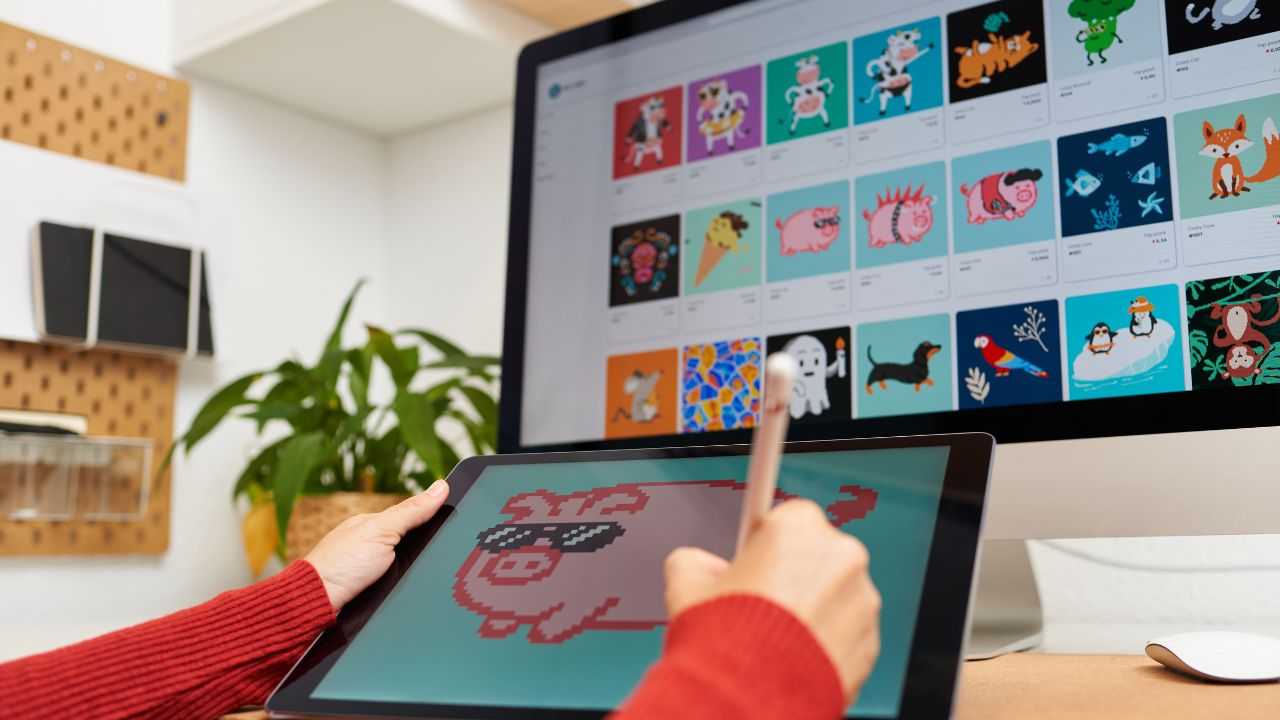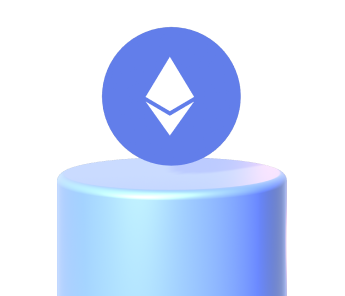
Due to differences in technicalities, applications and purposes, non-fungible tokens are not all the same. Find out about all types of NFTs!
The term NFT often comes to mind quickly, but it can actually mean many different things. In fact, non-fungible tokens have different nuances and peculiarities. In general, each NFT represents a specific digital asset that has value. The ownership, uniqueness and authenticity of the asset is certified by its inscription on the blockchain. That being said, NFTs can differ from one another in terms of criteria such as their application, their technical characteristics, their applications and finally their price.
In this article you will explore all the main types of NFTs: from PFPs to Blue Chip to dynamic NFTs.
1. Applications: NFT for all tastes
NFTs have become popular as digital collector’s items, but they can represent many other things:
- the ownership of a music file,
- a photograph
- a document such as a diploma or the deed to a house,
- a plane ticket or concert ticket,
- an object from a video game,
- a meme,
- access to exclusive experiences,
The list goes on and on and, as is often said in such cases, the only limits for creating NFTs are the limits of one’s own creativity. The applications of non-fungible tokens are potentially endless.
2. Technical specifications
NFTs can also be distinguished by their technical characteristics, which in turn determine their properties and make them suitable for different purposes.
- ERC-721 vs ERC-1155 standards
The majority of NFTs follow the Ethereum ERC-721 standard, which unlike ERC-20 does not allow the token to be interchangeable. This means that each token that follows the ERC-721 standard is unique and there will never be an identical one. Since their inception, NFTs have always had this standard as a reference, but the industry is also experimenting with new means. One of these is the use of the ERC-1155 standard, which allows for the creation of semi-fungible tokens. They can be useful for instance when creating a digital work of art in the form of several copies that are equivalent to each other but still limited in number.
NFTs exist on numerous blockchains, not just Ethereum! All major blockchains that support smart contracts can host NFT minting, i.e. the process by which a non-fungible token is created on a blockchain. Among these blockchains are Polygon, Avalanche and Polkadot.
- Soulbound: is NFT ownership forever?
The first to speak about Soulbound NFTs was Vitalik Buterin, co-founder of Ethereum. According to Buterin’s vision, NFTs can only be truly useful if they cannot be transferred in any way. The term ‘soulbound’ was taken from the video game World of Warcraft. Soulbound NFTs are non-fungible tokens that are not tradable and as such guarantee effective, perpetual and non-transferable ownership of what the NFT represents. Buterin finds them particularly useful when it comes to recording personal achievements such as degrees or diplomas on blockchain and for digital identity certification.
- What are dynamic NFTs?
Of all the types of NFTs, another peculiar one from a technical point of view are dynamic NFTs, i.e. tokens that change over time on the basis of characteristics programmable by their developers. In what sense do they change over time? Dynamic NFTs can interact with certain external data and conditions that alter their configuration. For instance, the hat worn by the character in an NFT image may change colour depending on the average daily temperature in Madrid, or the expression of a footballer in an NFT sticker may change based on the results of his last match. In a nutshell, the metadata of dynamic NFTs embedded in smart contracts adapt to information from sources that monitor the outside world such as weather forecasts or sports results. Oracles are very often used to program dynamic NFTs.
One of the most famous examples of a dynamic NFT is Crossroad by Beeple, the artist made the final appearance of his piece dependent on the outcome of the 2020 US presidential election. Dynamic NFTs make it possible to have a collection that evolves over time!
3. What are NFTs used for? Use cases and purposes
NFTs started out as collectibles, i.e. items like stamps, figurines or comics. A bit later, when non-fungible tokens encountered the world of art, their use cases also became of an aesthetic nature. Today, NFTs go beyond the world of art. They can be used for many different purposes, even more practical ones such as buying a ticket or keeping a diploma.
- Blue chip NFTs
Some see NFTs as an alternative way to deal with the bear market, in fact even when markets are not the most favourable, some blue chip collections retain their value. In a similar vein to the more general definition for companies, blue chips are NFTs that have proven over time to have a certain price stability and solidity of design. Among such collections are certainly those of Yuga Labs, such as the CryptoPunks and the Bored Ape Yacht Club. Within these collections, there are NFTs that are seen as more ‘blue chip’ than others, often those with the rarest attributes. Blue chips are considered by some to be the only NFTs that are truly valuable over the long term!
- PFP: Web3 profile images
The term PFP (profile picture) refers to NFTs that are used as profile pictures in social networks. PFPs can be individual NFTs or entire collections designed for this purpose. Typically these collections are based on a common character or theme to be replicated in all works. Among the most famous PFPs is the Bored Ape Yacht Club but also Doodles, World of Women or Meebits. The popularity of using NFTs as profile pictures led Twitter to introduce the possibility of certifying the NFTs used on its platform.
- POAP, NFTs of events
Our list of all types of NFTs would be incomplete without mentioning POAPs! The acronym stands for Proof of Attendance Protocol and represents unique NFTs that are distributed at events to certify people’s attendance. Organisers of courses, conferences, concerts, fairs can make POAPs to distribute to participants. POAPs are considered as the ‘bookmarks of your life’ because they build a map of your experiences and achievements on your wallet. POAPs look like medallions and badges. Their main utility is to ensure people’s involvement in some project or activity.
4. Why are NFTs so expensive?
A final criterion to distinguish different types of NFTs is the price difference. Although the media puts the spotlight on astronomical sales, there are NFTs for all budgets. Crypto art is worth millions, but not all non-fungible tokens are necessarily expensive. The difference in price depends on factors such as the utility of the token, the quality of the reference project, the size of the metadata, and gas fees. Beyond these right now, the price of NFTs is determined by their rarity and prestige.






